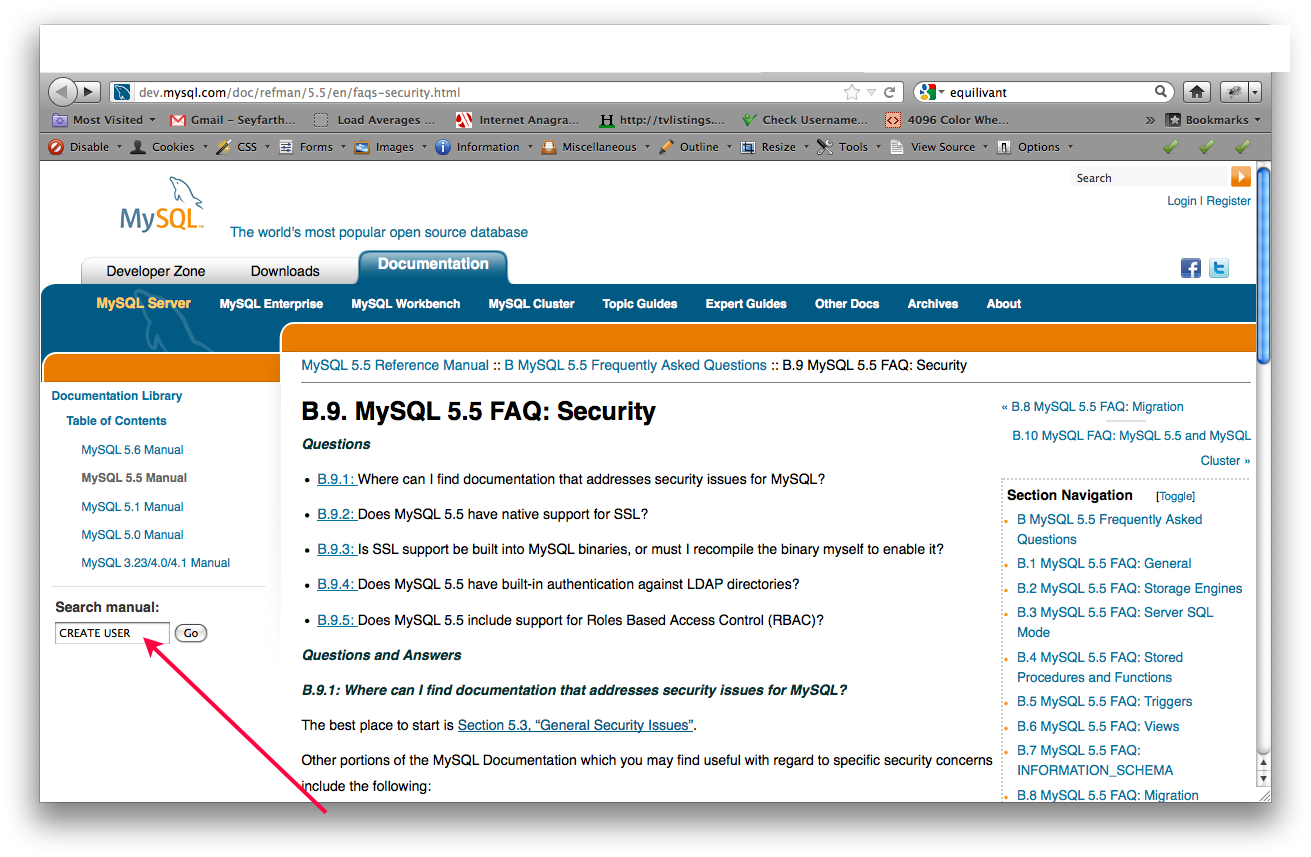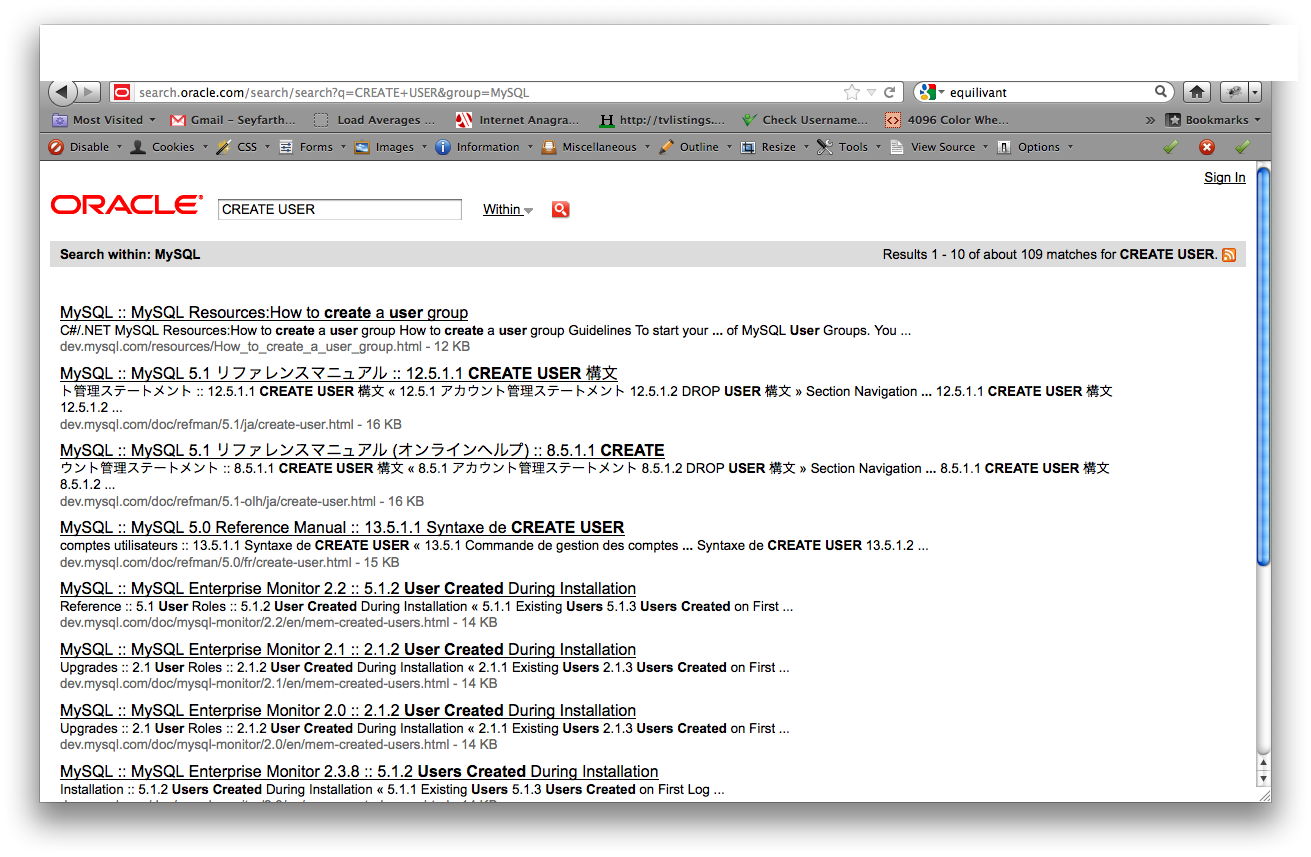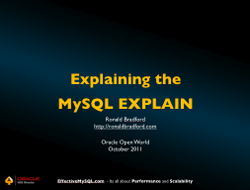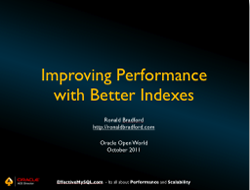Any person with half a brain would see from the error messages below that the MySQL server is not operating optimally, or more specifically the MySQL upgrade has not completely successfully and let users can go happily use the website. It amazing me when web hosting providers tell their paying client that an upgrade has been performed yet they did not have the intelligence to actually look at the error log for confirmation. Got a mysql> prompt, it’s all good. One of the first things I check is the error log.
When will people learn the MySQL error log is a valuable resource both for what it contains, and what it should not contain.
120426 17:36:00 [Note] /usr/libexec/mysqld: Shutdown complete 120426 17:36:00 mysqld_safe mysqld from pid file /var/run/mysqld/mysqld.pid ended 120426 17:36:00 mysqld_safe Starting mysqld daemon with databases from /var/lib/mysql 120426 17:36:00 [Note] Plugin 'FEDERATED' is disabled. /usr/libexec/mysqld: Table 'mysql.plugin' doesn't exist 120426 17:36:00 [ERROR] Can't open the mysql.plugin table. Please run mysql_upgrade to create it. 120426 17:36:00 InnoDB: The InnoDB memory heap is disabled 120426 17:36:00 InnoDB: Mutexes and rw_locks use GCC atomic builtins 120426 17:36:00 InnoDB: Compressed tables use zlib 1.2.3 120426 17:36:00 InnoDB: Using Linux native AIO 120426 17:36:00 InnoDB: Initializing buffer pool, size = 128.0M 120426 17:36:00 InnoDB: Completed initialization of buffer pool 120426 17:36:00 InnoDB: highest supported file format is Barracuda. 120426 17:36:00 InnoDB: Waiting for the background threads to start 120426 17:36:01 InnoDB: 1.1.8 started; log sequence number 232577699 120426 17:36:01 [ERROR] Missing system table mysql.proxies_priv; please run mysql_upgrade to create it 120426 17:36:01 [ERROR] Can't open and lock privilege tables: Table 'mysql.servers' doesn't exist 120426 17:36:01 [ERROR] Native table 'performance_schema'.'events_waits_current' has the wrong structure 120426 17:36:01 [ERROR] Native table 'performance_schema'.'events_waits_history' has the wrong structure 120426 17:36:01 [ERROR] Native table 'performance_schema'.'events_waits_history_long' has the wrong structure 120426 17:36:01 [ERROR] Native table 'performance_schema'.'setup_consumers' has the wrong structure 120426 17:36:01 [ERROR] Native table 'performance_schema'.'setup_instruments' has the wrong structure 120426 17:36:01 [ERROR] Native table 'performance_schema'.'setup_timers' has the wrong structure 120426 17:36:01 [ERROR] Native table 'performance_schema'.'performance_timers' has the wrong structure 120426 17:36:01 [ERROR] Native table 'performance_schema'.'threads' has the wrong structure 120426 17:36:01 [ERROR] Native table 'performance_schema'.'events_waits_summary_by_thread_by_event_name' has the wrong structure 120426 17:36:01 [ERROR] Native table 'performance_schema'.'events_waits_summary_by_instance' has the wrong structure 120426 17:36:01 [ERROR] Native table 'performance_schema'.'events_waits_summary_global_by_event_name' has the wrong structure 120426 17:36:01 [ERROR] Native table 'performance_schema'.'file_summary_by_event_name' has the wrong structure 120426 17:36:01 [ERROR] Native table 'performance_schema'.'file_summary_by_instance' has the wrong structure 120426 17:36:01 [ERROR] Native table 'performance_schema'.'mutex_instances' has the wrong structure 120426 17:36:01 [ERROR] Native table 'performance_schema'.'rwlock_instances' has the wrong structure 120426 17:36:01 [ERROR] Native table 'performance_schema'.'cond_instances' has the wrong structure 120426 17:36:01 [ERROR] Native table 'performance_schema'.'file_instances' has the wrong structure 120426 17:36:01 [ERROR] Column count of mysql.db is wrong. Expected 22, found 20. Created with MySQL 50077, now running 50523. Please use mysql_upgrade to fix this error. 120426 17:36:01 [ERROR] mysql.user has no `Event_priv` column at position 29 120426 17:36:01 [ERROR] Cannot open mysql.event 120426 17:36:01 [ERROR] Event Scheduler: An error occurred when initializing system tables. Disabling the Event Scheduler. 120426 17:36:01 [Note] /usr/libexec/mysqld: ready for connections. Version: '5.5.23-cll' socket: '/var/lib/mysql/mysql.sock' port: 3306 MySQL Community Server (GPL) by Atomicorp 120426 17:46:01 [ERROR] Missing system table mysql.proxies_priv; please run mysql_upgrade to create it 120426 17:46:01 [ERROR] Can't open and lock privilege tables: Table 'mysql.servers' doesn't exist 120426 17:46:01 [ERROR] Column count of mysql.proc is wrong. Expected 20, found 16. Created with MySQL 50077, now running 50523. Please use mysql_upgrade to fix this error.
Some more light reading at Have you checked your MySQL error log today? and Monitoring MySQL – The error log
 Today at the
Today at the 




 Announced on Sunday at
Announced on Sunday at  I will be joining a stellar class of speakers at the
I will be joining a stellar class of speakers at the